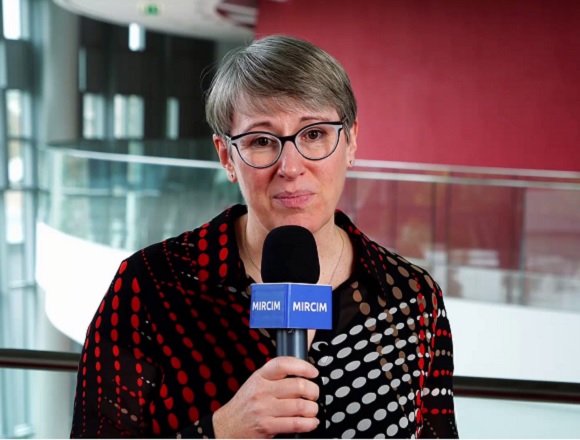Bram Rochwerg, MD, is a researcher and associate professor of medicine at the Faculty of Health Sciences, McMaster University, with expertise in critical care.
What lessons from COVID-19 are applicable to other patients with acute hypoxia due to other causes?
This is a great question and I think, you know, just the sheer volumes of patients with acute hypoxemic respiratory failure that all of us have treated in the last few years are unbelievable. In the last couple of years I’ve seen way more acute respiratory distress syndrome (ARDS) than in any other time during my practice of intensive care. And I think that there are lessons that are generalizable to folks with respiratory failure or ARDS from alternate etiologies.
One is the fact that, in essence, acute hypoxemic respiratory failure is driven by lung inflammation. And I think that we recognized this during coronavirus disease 2019 (COVID-19) and investigated a whole bunch of anti-inflammatory therapies like corticosteroids, interleukin 6 (IL-6) receptor blockers, Janus kinase 2 (JAK-2) inhibitors. I think the next frontier is to see whether these unique anti-inflammatory drugs might also have the same effect in respiratory failure due to other causes—community-acquired pneumonia, perhaps other viral pneumonias as well—and I think that there’s a number of randomized controlled trials that are looking at this.
The other and, again, in tune with the talk that I gave at 7th McMaster International Review Course in internal Medicine (MIRCIM), would be the expanding use of noninvasive oxygen techniques. We saw things like helmet BiPAP become much more prevalently used during the pandemic. There were famous pictures in Italy of patients and patients in the hospital wards using the helmet to provide oxygen support. The benefits here added support beyond standard oxygen therapy, but often patients that are on BiPAP don’t necessarily require being in the intensive care unit, and there are implications then on resource use. So I think that this comfort with using a high-flow nasal cannula, with using BiPAP through any number of modalities, I think that there are lessons to be learned there in terms of patients with respiratory failure, not necessarily related to COVID-19. And in my practice I’ve already started pushing the boundaries of what we can deliver with noninvasive oxygen similarly to how I do in my COVID-19 patients.
 English
English
 Español
Español
 українська
українська








